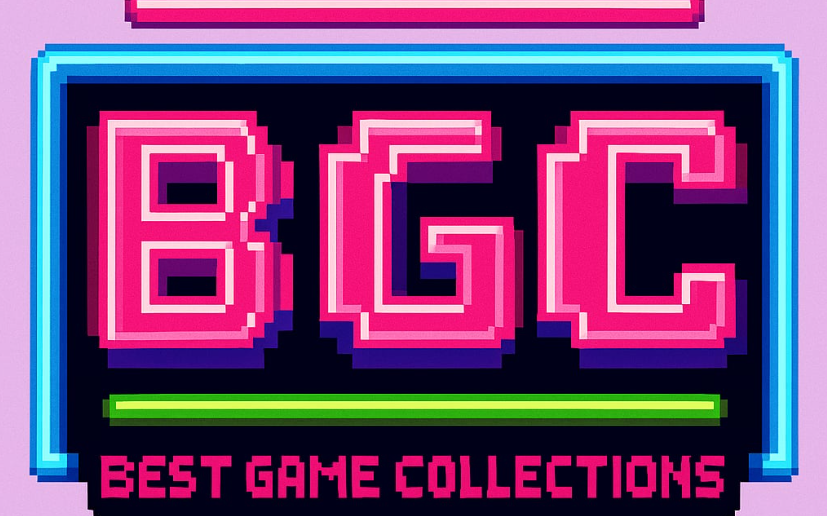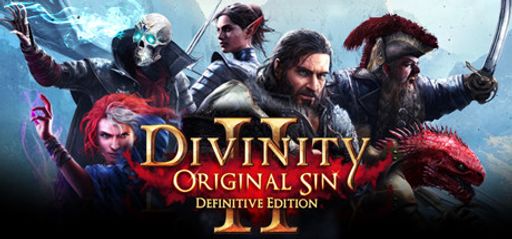I’ve loved RPGs since the days of 8-bit consoles. It’s fun to explore big worlds, follow complex stories, and shape your character’s path. From the old dungeons of Ultima to the exciting tales of Final Fantasy, I’ve always enjoyed deep RPGs. But even though I hoped for great stories and strategy, Divinity: Original Sin 2 felt more frustrating than fun.
Grand Narrative Setup
When you start the game, you get a big story right away: the Divine is dead, the Void is spreading, and Rivellon needs a hero. That idea sounds great—you’re meant to become the god Rivellon is waiting for. You can pick your race and background, whether you’re a flesh-eating Elf or an undead rising from the grave, which grabbed my attention.

Tactical Turn-Based Combat
Now for the main part: gameplay. Divinity: Original Sin 2 has deep, turn-based fights. You can use the environment, take higher ground for an edge, and pick from 200 skills in 12 different schools. That sounded cool. But in practice, fights were slow and too hard, making me feel stuck instead of having fun.
Turn-based combat can be enjoyable and has its own place in gaming history. Still, the long, repeat battles here took away from the experience. Unlike simpler classics like Dragon Quest or early Final Fantasy games—where fights were quick and exciting—each battle felt like a long, drawn-out struggle that tested my patience more than my strategy.

Exploration Constraints
Exploring Rivellon should have been one of the best parts, but the game didn’t feel like a free-roaming world. It felt more like a maze. The divided regions and scripted events limited the freedom I love in games like Zelda’s wide fields or Ultima’s vast overworld.
Characters and Storyline
Characters and story are the heart of any RPG. While Divinity: Original Sin 2 does offer many companions with their own backgrounds and quests, they didn’t hit me the same way as characters like Link, Samus, or Mega Man. The stories of these companions have potential, but the slow, tough fights made the storytelling feel weighed down.

Visuals and Art Direction
The game looks beautiful. With 4K support, the world of Rivellon pops with detail. The art style and graphics really capture a magical fantasy world. Still, all the visual wow factor can’t make up for gameplay that drags.
Multiplayer Experience
You can play with up to four people in both online and local split-screen. In theory, teaming up should help make battles more fun, but in reality it just made slow fights feel even longer. What should have been a fun group activity ended up feeling tedious, adding to the frustration.

Overall, Divinity: Original Sin 2 aims high but misses the mark for a truly enjoyable RPG. The long, tough battles and limited exploration weaken what could have been a great story and deep tactics. Fans of classic RPGs used to fast-paced, thrilling adventures might see this game as a step back.
Rating: 2 out of 5 stars

Although it looks fantastic, Divinity: Original Sin 2 is slowed down by its heavy combat and lack of real open-world freedom. It might appeal to players who like very strategic, slow-paced turn-based RPGs. But for those like me who want a mix of story and quick action, it’s a tough sell.

